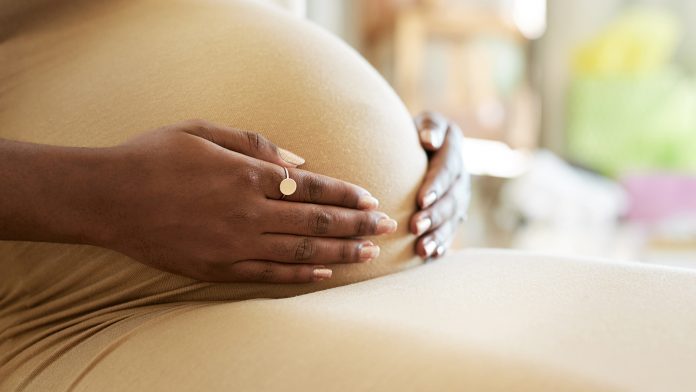
Researchers from University College Dublin (UCD) and Imperial College London have developed a wearable baby movement monitor that may help prevent stillbirth.
The ability to monitor the movement of babies in the womb has been cited as an urgent need within the healthcare industry to reduce the number of stillbirths globally. A stillbirth happens every 16 seconds, affecting over two million families globally, every year. Despite advances in care for babies, progress in combating stillbirth has declined in recent years.
Over 50% of stillbirths are associated with a reduction in the baby’s movement in the womb. Currently, there is no way of tracking these movements at home.
New funding awarded to researchers
The expert team of researchers has been awarded new funding as part of the In Utero programme from Wellcome Leap, a research project agency that supports unconventional research. Wellcome Leap is a non-profit organisation founded by the Wellcome trust with the goal of increasing the number of global health breakthroughs.
The researchers are aiming to create the scalable capacity to measure, model and predict the gestational development of unborn babies. The ambition of the researchers is to reduce global rates of stillbirth by 50%.
Detecting gestational movement can stop stillbirth
The research team have an existing model for measuring gestational movement called the FM monitor. Now their aim is to understand how the monitor can be used to measure a baby’s health in the Womb.
Through research and improvements, the FM monitor could potentially identify babies who are at risk of stillbirth. The monitor could also provide confirmation of when a baby is healthy, subsequently reducing the number of unnecessary inductions into labour and premature delivery.
“We are thrilled to have been selected for funding by the Wellcome Leap In Utero programme. The funding will enable us to further develop our device by engaging with pregnant people and their midwives and doctors, by testing the monitor at home and in hospital, and – we believe- will lead to our device being adopted globally to reduce stillbirth rates worldwide,” said principal investigator for the team Professor Niamh Nolan, of the School of Mechanical and Materials Engineering at UCD.
“The unique aspect of the Wellcome Leap In Utero programme is that it funds international multidisciplinary teams of experts. Our team is made up of biomedical engineers and clinicians from Ireland, the UK and Bangladesh, and together we can work to make ground-breaking advances towards cutting stillbirth rates by half,” added Nolan.
“Every stillbirth is a tragedy for the parents and family, but the majority of stillbirths occur when there are no obvious risk factors. New technologies such as baby movement monitoring will offer a crucial advance towards preventing stillbirth,” said Professor Fionnuala McAuliffe from UCD School of Medicine and the National Maternity Hospital, Dublin.









